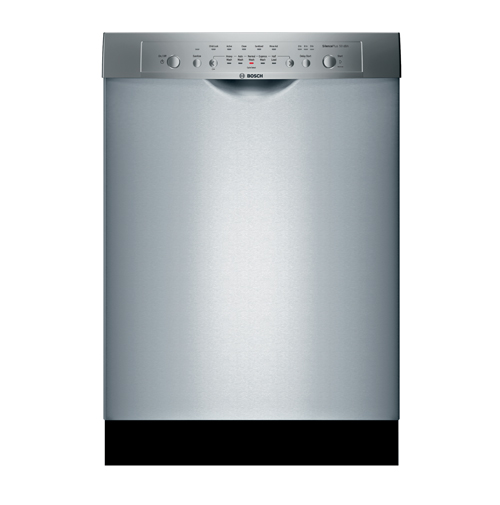 Like almost every other household appliance, today’s dishwashers come equipped with a seemingly endless array of features. But if you are in the market for a new model, all those options can be overwhelming. That said, you don’t want to make your decision based solely on price or appearance either, because the cold hard truth is that if your dishes don’t fit, or if they come out looking just as dirty as they did when they went in, then it was not money well spent. So with that in mind, here are a few things to keep in mind when the time comes to choose your next dishwasher.
Like almost every other household appliance, today’s dishwashers come equipped with a seemingly endless array of features. But if you are in the market for a new model, all those options can be overwhelming. That said, you don’t want to make your decision based solely on price or appearance either, because the cold hard truth is that if your dishes don’t fit, or if they come out looking just as dirty as they did when they went in, then it was not money well spent. So with that in mind, here are a few things to keep in mind when the time comes to choose your next dishwasher.
Size
Perhaps this goes without saying, but size is the very first thing to consider when choosing a new dishwasher. Grab your measuring tape and carefully measure the space you have to work with. This is especially important if you are replacing an existing dishwasher. Don’t be like me and do the “guesstimate” or round up thing … in this case, a half an inch will make a big difference. Also keep in mind that if you want the biggest and best on the market so it will make easy work out of all those giant pots and pans, your kitchen may require some minor adjustments or renovations, so ensure you’ve got some wiggle room in your budget.
The most common dishwashers are 24” wide and are “built-in” meaning they fit under your countertop work surface. That said, you can also find narrower models that are ideal for smaller kitchens, like those you often find in older apartment buildings, as well as portable models that can be wheeled around to whichever location best suits your needs. Side note – I once dated a guy who used his portable dishwasher as an end table when not in use. We are no longer together.
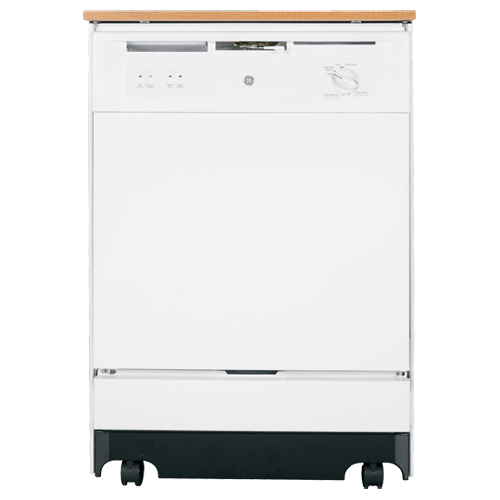 Capacity
Capacity
Capacity goes hand in hand with size, but is an important consideration nonetheless. If you’re a large family of six, your capacity needs will be much larger than a single urbanite that eats out most of the time. To determine the capacity you’ll need, think about how many place settings you’ll be washing on a daily basis. In the world of dishwashers, a place setting is defined as a dinner plate, a small plate, a cup, saucer, glass and cutlery. Now, a standard 24” model should fit about 12 place settings and is generally sufficient for a family of four (although in my experience, fitting all those dishes in sometimes means you need to employ MacGyver-like arranging skills).
However, if you need to accommodate large pots and pans or more than 12 place settings daily, you may want to look for a tall tub model, which have a larger inner capacity for washing dishes than standard dishwashers, although both have similar exterior dimensions. Another consideration for those who have large capacity requirements is models with adjustable racks.
Noise
I’m going to go out on a limb here and assume that you don’t want a dishwasher that makes you feel as though you are listening to a 747 take off from your kitchen every time you hit the start button. To keep the noise to a minimum, narrow your search to models that outright tout quiet operation. Unfortunately, it seems to be the case that the more expensive the dishwasher, the quieter the dishwasher, but if sound – or lack thereof – is important to you, you might want to increase your budget a touch.
Cycles
No two meals are created equal, so suffice it to say, the soil level on your dishes varies with what you eat. At the very least, select a dishwasher model that comes equipped with three dishwashing cycles – heavy for the dried-on lasagna nights, normal for everyday use, and light for crumb-speckled plates. If you find a model you like with more settings, great! But unless you frequently wash fine china, crystal, and ridiculously greasy pots, you can definitely get away with these three basic settings.
Temperature
Making sure your dishwasher has at least three cycles is an absolute must, but if it doesn’t have temperature controls, you may find that your dishes are only “kinda” clean. Hot water is paramount to clean and sanitized dishes, so look for models with controls that allow for at least 140°F.
Dirt Sensors
Many dishwasher models come with dirt or soil sensors that monitor the level of particulate in the water. What does that mean? It means they can sense whether or not you are washing dishes with leftover spaghetti sauce or dishes with dustings of cake crumbs, and will stop the cycle when they “sense” that the dishes are clean. This feature helps save energy by eliminating the need to rewash dishes that come out grimy after a full cycle.
Energy Efficiency
Speaking of saving energy, you’ll also want to consider whether or not the model you are looking at is Energy Star rated. The more energy efficient, the more money you’ll save in the long term. But be sure that the dishwasher you are considering is legitimately rated, because if an “energy-efficient” model doesn’t get your dishes clean in one cycle, it could end up using more energy when you have to run it again, and perhaps even again.
Extras
As someone who is consistently won over by shiny objects that have little to no impact on my daily life, I can tell you with some authority that it is imperative that you hammer out your basic dishwashing requirements before you even think about fancy bells and whistles like hidden buttons, water-saving technology, and all those other fancy extras. Sure, they are all awesome, but it’s more important to find a dishwasher that fits your dimensions, lifestyle, and budget first. Then, the rest is gravy!
Ultimately, a dishwasher should last you nine to 12 years, so it’s important that you do the research and choose a model that works for your unique needs.
Interested in more of the “Home Appliance 101” series? Check out:
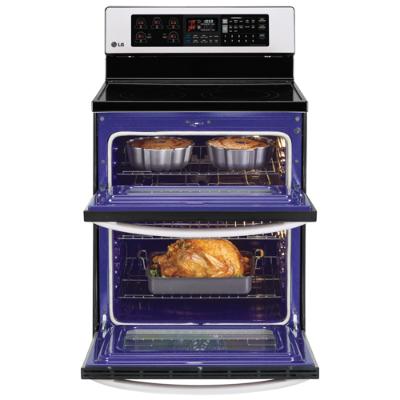
|

|
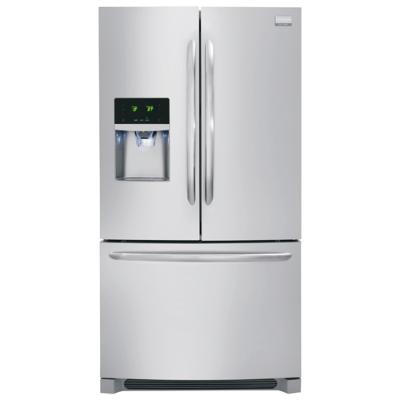
|
Or, check out the entire line up of dishwashers available on BestBuy.ca here.

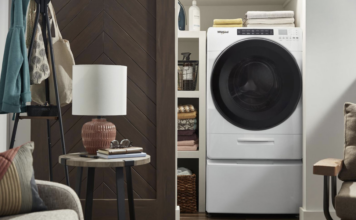






































Having been through a dishwasher purchase within the last year, I’d also recommend for anybody buying to look at the difference between stainless steel and plastic tub dishwashers since it’s an option now. We went from a plastic tub to a stainless steel, and there’s a big adjustment involved, especially with the way dishes dry. The heating element in plastic tub dishwashers essentially heat and “bake” the moisture off your dishes, which is fine, and actually works better for plastic dishes (though they’ll warp if they get too close to the element, which is possible since plastic is lightweight and can jostle around a lot in a wash cycle.) The newer Stainless Steel tub dishwashers usually need a drying agent (like Jet Dry or Cascade) and they’re essentially vacuum dried. This is great for cutlery and ceramics, but you will usually have to give anything plastic a wipe down before you put it away. In exchange, however, these newer dishwashers take a lot less soap to clean dishes than the older ones did, so you’re probably going to end up spending about the same.
I’ve also found that you’re best to open your stainless steel dishwasher after the cycle’s done to let all the steam out so that you don’t have any condensation sticking to the inside. It wears off after a few hours anyway, but it was still kind of annoying the first few times it happened.
We bought a Bosch stainless steel tall tub for our kitchen in January after our mid-90s, 747-esque dishwasher was on its last legs (and we had a baby on the way whose room was going to be right above the kitchen,) and I love it. This dishwasher DOES take around 2 1/2 hours to do a load (our old one only took 45 min-1hr) but we’ve lost exactly 0 ziploc containers, water bottle lids, etc.
Comments are closed.